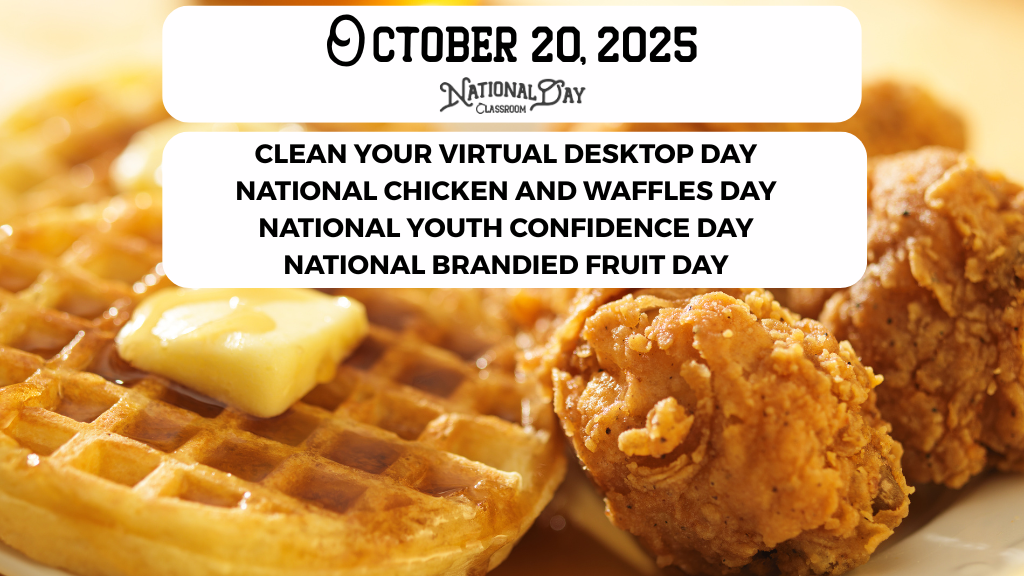
Bolt was a small, bright-blue robot with one very unusual feature: instead of having smooth, quiet wheels like all the other robots in the workshop, he had two big, clumsy, square feet that made a loud CLUNK-CLUNK with every step.
Every year, the robots in the workshop participated in the Big Build Challenge. The goal was simple: get to the top of the enormous junk pile, find the three most useful spare parts, and bring them down without dropping them. The winning robot was always the one with the fastest, smoothest wheels.
Bolt watched the others practicing. “Zoom! Swish! Zip!” they went, easily gliding up and down the ramps. Bolt tried to practice, but his square feet just got stuck. CLUNK-CLUNK-STUCK!
His friend, a sleek silver robot named Glider, zipped by. “Bolt, are you sure you want to enter? That pile is steep. Your feet… well, they’re not exactly built for speed.”
Bolt’s light dimmed. She’s right, he thought. My feet are useless. I should just stay home.
On the day of the challenge, Bolt showed up anyway, mostly to watch. The horn sounded, and all the wheeled robots shot up the junk pile. But the pile was tricky today—pieces of metal and sharp corners made the surface uneven and slippery.
Suddenly, a loud screech echoed across the workshop. Glider was stuck! Her smooth wheels were spinning uselessly, caught on a patch of loose cables halfway up. Another robot, Zippy, tried to help but slid right back down. Panic spread.
Bolt saw the problem clearly: the wheeled robots didn’t have enough grip.
He took a deep breath. His square feet, which he had always seen as a failure, were made of a rough, grippy rubber. “Maybe,” he whispered, “being slow isn’t the problem today.”
Bolt walked up to the pile. CLUNK! His feet dug into the scrap metal. CLUNK! He stepped over a bundle of wires that had trapped Glider, and his square shape pushed them flat, creating a stable platform. CLUNK! Slowly, steadily, he climbed past the stuck robots.
Glider looked up in astonishment. “Bolt! You’re… you’re doing it!”
Bolt didn’t zoom or swish. He simply kept going. When he reached the top, he carefully found the three best parts and started back down. His square feet, though slow, were built for stability. He moved deliberately, placing one foot firmly before the next, gripping the difficult terrain all the way down.
When he reached the bottom, the crowd of robots cheered louder than ever before. Bolt had won!
Later, Glider asked, “How did you do that? You were so slow in practice.”
Bolt looked down at his big, square feet. “I tried to be like you—fast and smooth. But that didn’t work on the tough parts. Today, I just let my feet do what they’re built to do: grip and step. My biggest difference was my biggest advantage.”
Bolt learned that confidence isn’t about being good at everything or being exactly like the fastest person. It’s about knowing what makes you different—even the things that feel like mistakes or weaknesses—and trusting that your own unique way is exactly what’s needed for the challenge in front of you.
Visit National Youth Confidence Day
Discussion Points for the Class
- What did Bolt think his “weakness” was? (His square feet/being slow)
- How did that perceived weakness actually become his greatest strength in the challenge? (The square shape gave him grip and stability.)
- What is one thing that makes you unique (like a square foot!) that could be a great advantage? (E.g., being a great listener, being very patient, being super creative.)